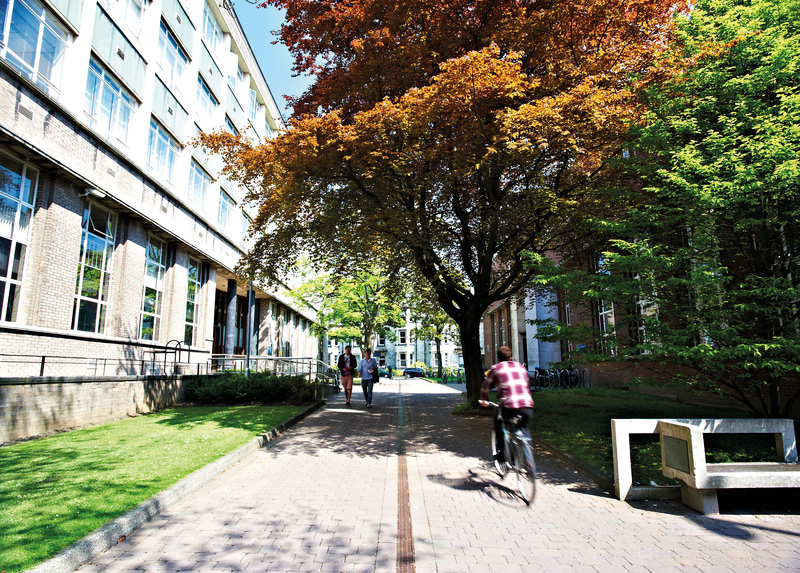Universities have set progressive net zero targets, but “most are still aligned to the old sector target of an 80% reduction of 1990 levels by 2050” says Zamzam Ibrahim, President of the NUS and SOS-UK. So what should they be doing?

WITH regards to addressing sustainability issues, 94% of students wish to see universities do more to be environmentally sustainable. There is not only a need to lower emissions and reduce costs but also to showcase the actions universities are taking to tackle climate change. Meeting net zero ambitions will require carbon emissions reduction plans that go much further than they have before, drawing on solutions that address and overcome the challenges universities face today while unlocking opportunities for the future.
One key challenge is that most universities have their own centralised energy systems which date back to the 1980s, meaning that campus heating infrastructure is often old and inefficient. With high population density and predictable high heat demand, university campuses are well placed to benefit from heat networks, otherwise known as district heating.
Heat networks form a key part of the UK’s transition to net zero emissions by 2050 and are particularly suited to high density areas such as a university campus. They supply heat from a central source through a series of insulated pipes carrying hot water, removing the need for each individual building to generate its own heat on site and subsequently unlocking larger-scale, renewable and recovered heat sources.
With the ability to heat a few small buildings or an entire city, heat networks are recognised as a cost-effective way to provide reliable, low carbon heating. They could play a strategic role in university carbon emission reduction plans whilst delivering wider benefits. The development of a heat network on campus, for example, could benefit those inside and outside the university community, extending over time to provide low carbon heat to businesses and homes off-campus.
Currently, £320m of investment in heat network schemes is being delivered through the Heat Networks Investment Project (HNIP), first launched in 2018 by the Department for Business, Energy, and Industrial Strategy.
Newcastle University was the first university to be awarded funding through HNIP last year after securing a £2,900,000 loan to support the extension and upgrade of an existing district heat network on its city centre campus. Last year, Newcastle University established a new Centre for Energy to unify efforts across industry, policy, and academia in an effort to bring about a transition to clean, affordable energy and new ways of thinking about energy systems. A drive for emissions reduction is reflected in the University’s approach to heating its buildings; the project will replace the current gas boilers with a new liquid biofuel combined heat and power plant (CHP) which will deliver substantial carbon savings across the site.
The Government’s quarterly heat network pipeline includes several schemes which expect to connect to university buildings and schemes initiated and developed by ambitious universities themselves. It is expected that other university campus projects will come forward this year for HNIP funding as part of plans to transition to clean, affordable heating. With almost 1,500 heat network connections in the UK and an increasing interest in this low carbon, technology agnostic solution, it is clear that heat networks have an important role to play in reducing emissions both on and off campus.
For more information about the Newcastle University heat network scheme, visit https://tp-heatnetworks.org/innovative-low-carbon-projects-in-north-east-secure-hnip-funding
For more information about HNIP, please visit https://tp-heatnetworks.org